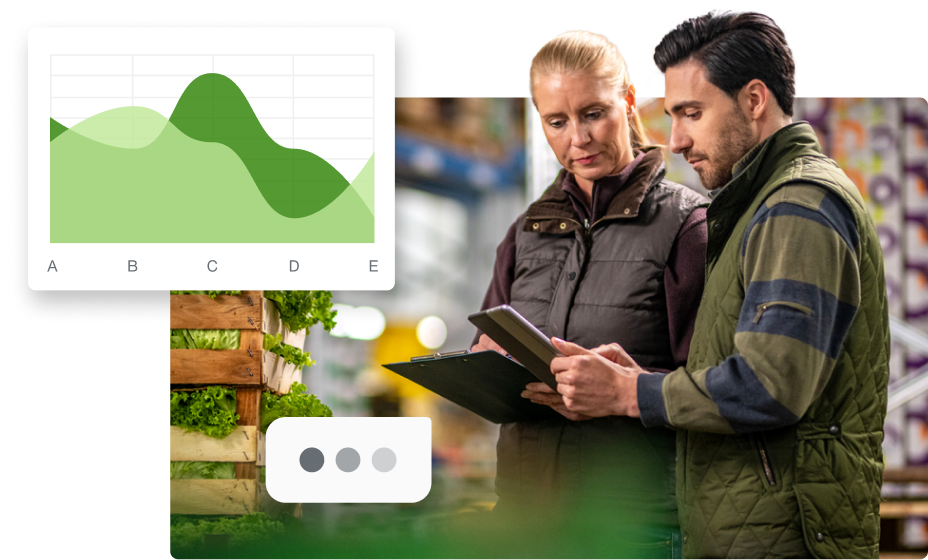What is data harmonization? A time-saving guide

Data is just like water – it’s everywhere and takes many different shapes.
When collected and stored properly, you have a “data lake,” where you can swim in incredible, game-changing insight. But when there are formatting issues, duplicates, junk, and missing data, the data lake becomes a data swamp.
If you’re in the data swamp, how can you expect to produce actionable insights?
The answer? Data harmonization.
Data harmonization is a semiautomated approach that requires a bit of art from humans and a little science from machines. Ultimately, data harmonization enhances the quality and integrity of your business data to create a single source of truth.
What is data harmonization?
Data harmonization brings disparate data sources, file formats, and naming conventions into a single database, then reorganizes all of the data into a single schema. In other words, the data is gathered and visible in a single, comprehensive data view.
Data harmonization is customized to your specific business model and provides a true view of your business’s performance. Generally, data harmonization gathers information from:
Market performance
Consumer research
Trade and revenue trends
Store-level information
With that information, a harmonization model proceeds through the following steps:
Acquire: The first step to data harmonization is acquiring your data from the multiple sources, discussed above.
Ingest: In the ingest stage, your data is cleansed and combined into one centralized source.
Harmonize and customize: The data is harmonized based on your custom business and product hierarchy. This means an item that had a different description in three different data sources will now have a consistent description and performance, and can all be viewed in one place.
Enrich: In this step, custom market metrics are layered in, such as productivity, which indexes an item's velocity performance to that of the segment or category.
Analyze: It's time to gain actionable insights by channel, brand, or any number of customized subsegments.
Why is data harmonization important?
When executed properly, data harmonization results in clear insights that help you win online and on the shelf.
To get a complete view of business performance, you need data from across your business. But without data harmonization, eCommerce performance data is in one place, retail performance data is in another, and shipment performance data is in yet another. If data is kept separate, you’re likely missing a piece of the story behind your business’s performance.
Through the power of data harmonization, consumer packaged goods (CPG) companies benefit from:
Insights that help scale your business and optimize promotional dollars
Category, product, and market knowledge by breaking through data chaos
A view of key performance indicators by channel, brand, and other customized segments
Combined, scattered datasets cleansed of inaccuracies
An easy-to-understand view of product performance to make business decisions
Accurate predictive, descriptive, and prescriptive data models
Once your data is cleaned and harmonized, it’s time to reap the analytical benefits.
How do you harness the power of data harmonization tools?
Valued at $3.08 billion in 2020, the global data preparation tool market size is expected to expand at a compound annual growth rate (CAGR) of 18.6 percent from 2021 to 2028*. As new tools are introduced to this highly competitive market, you need ways to determine which tools best fits your business model.
Using TELUS TABS Analytics, you can view your data on many platforms, including:
QuickTABS, a user-friendly reporting tool based in Excel, similar to a pivot table but more powerful
Account Insights, a custom data integration strategy and dashboard that integrates retailer-specific point of sale data, electronic data interchange feeds, shipment, and financial forecasts
Market Insights, a tool that uses market-level data from Nielsen, IRI, and SPINS
Promo Insights, a dashboard that shows promotional spending analysis
Presentation Builder, a presentation platform that allows you to present your findings internally or to your buyers using visuals
- And more!
For more information on how data harmonization plays a role in your success, request a demo with our experts today.
https://www.grandviewresearch.com/industry-analysis/data-preparation-tools-market

